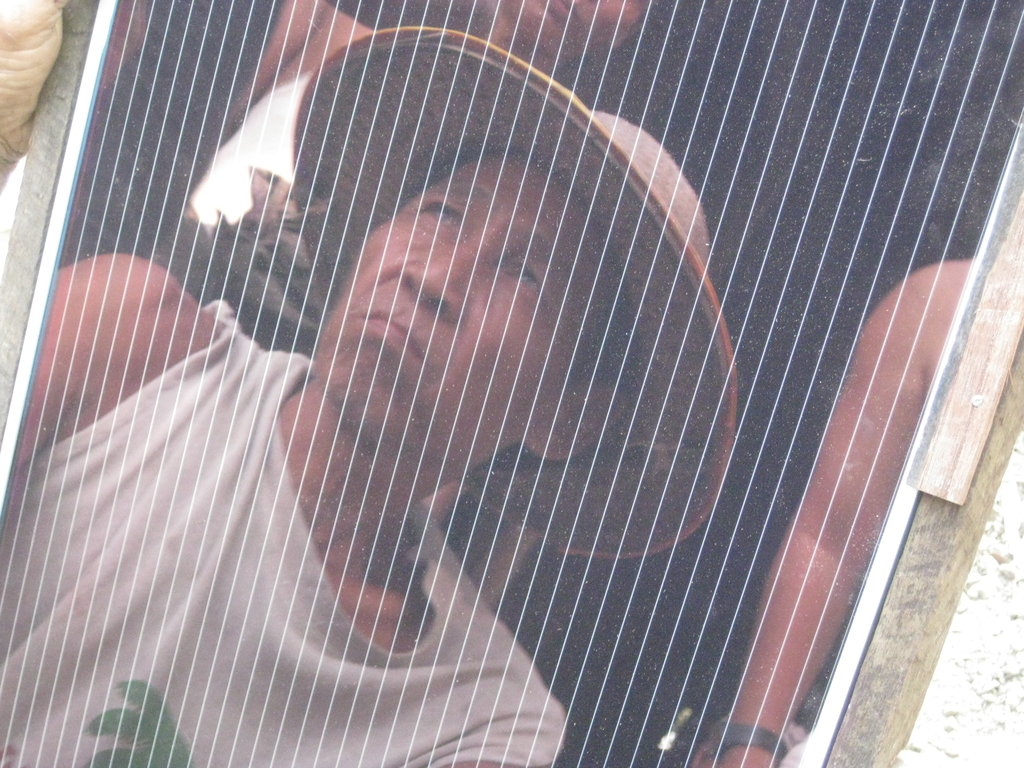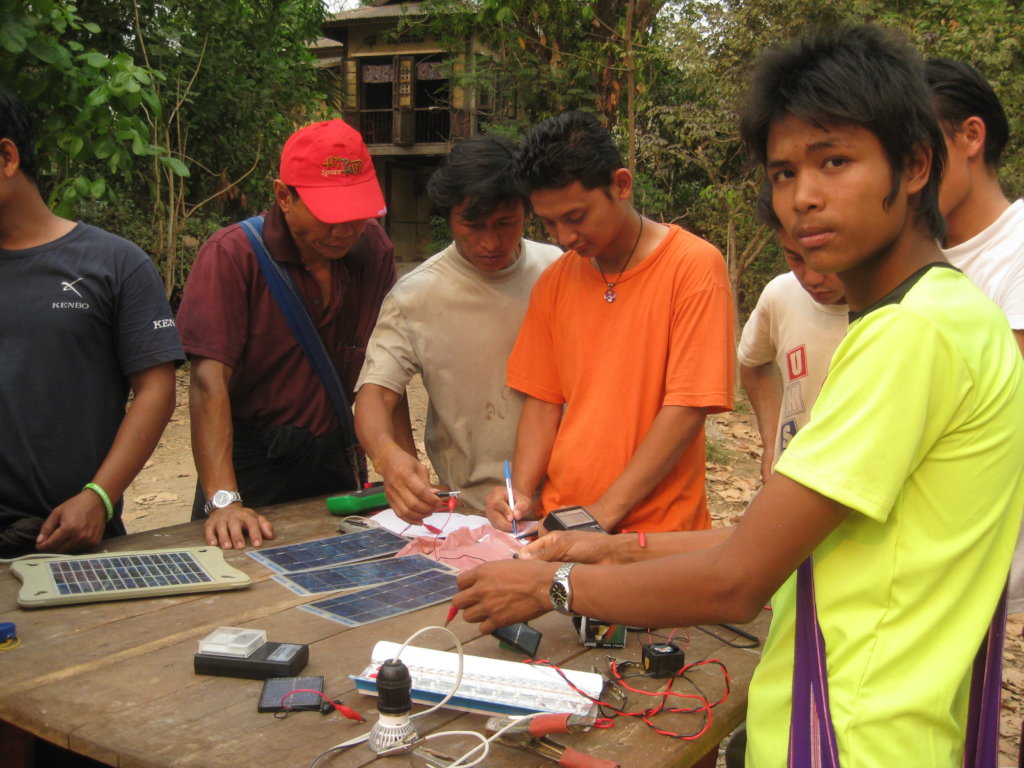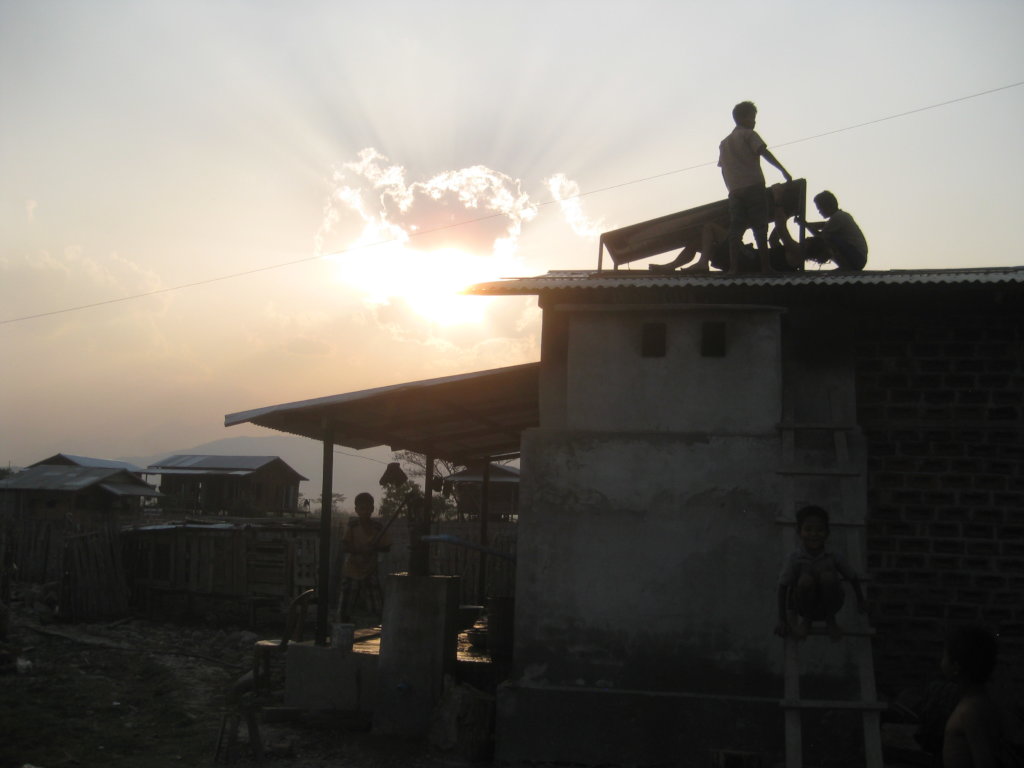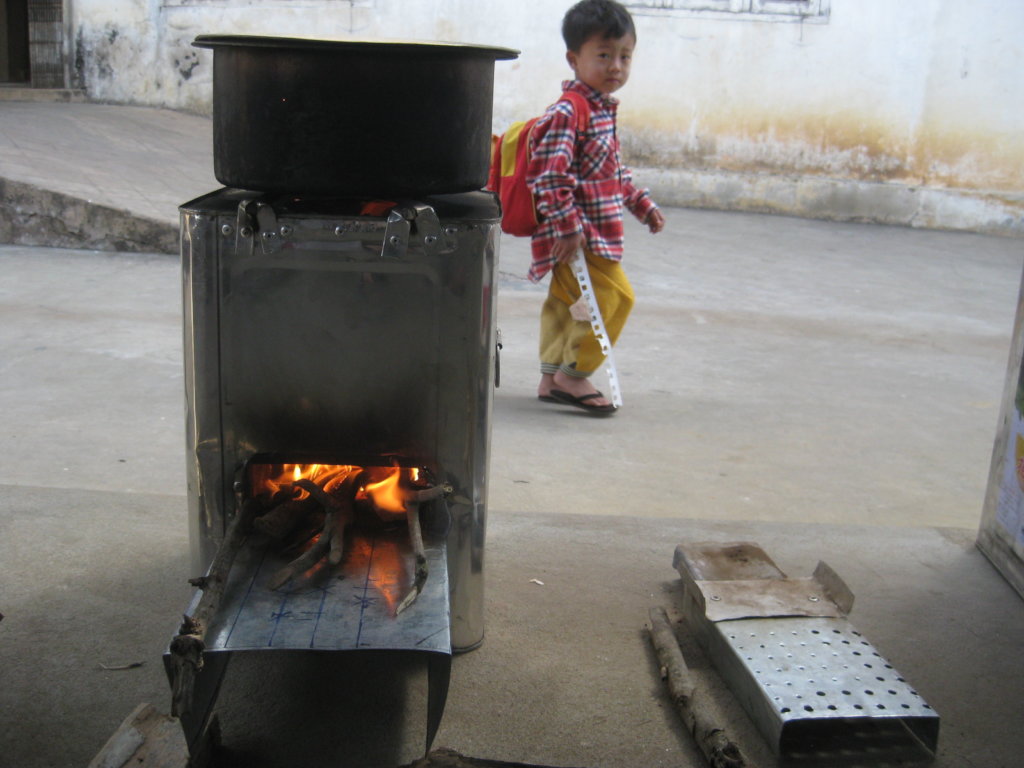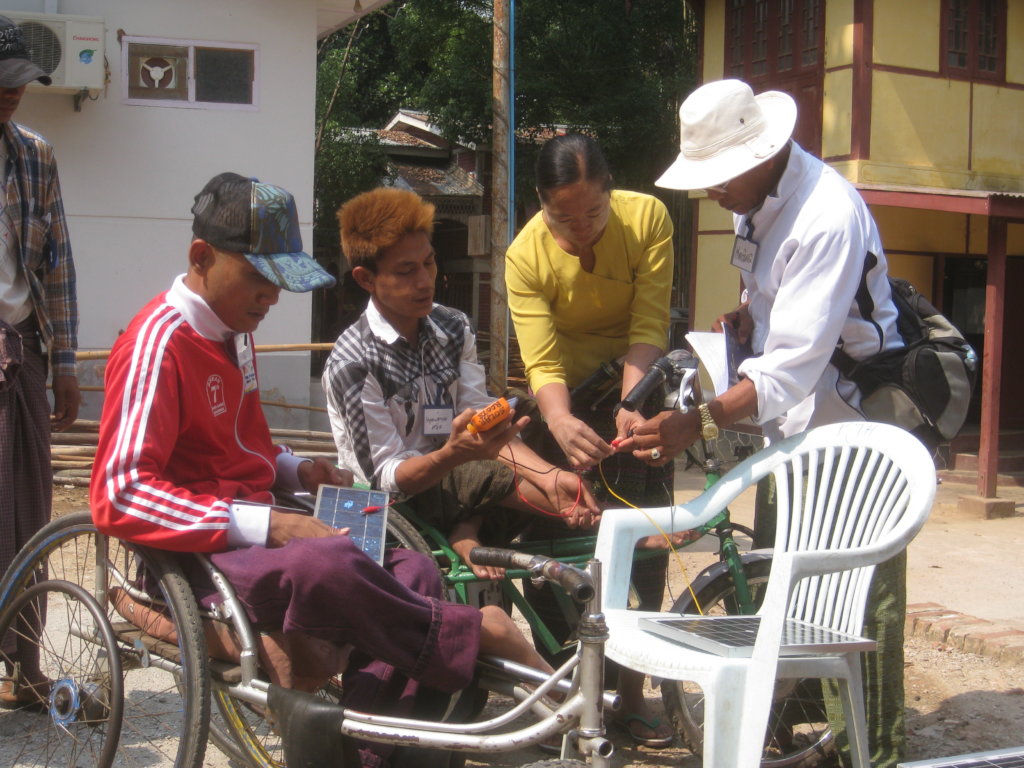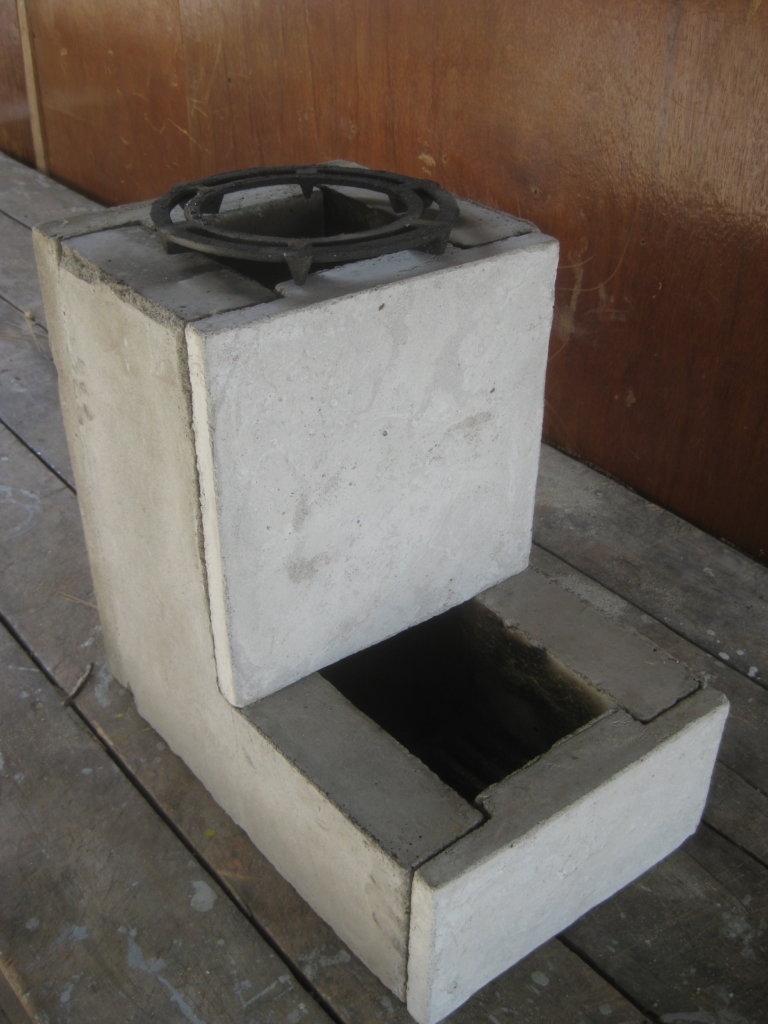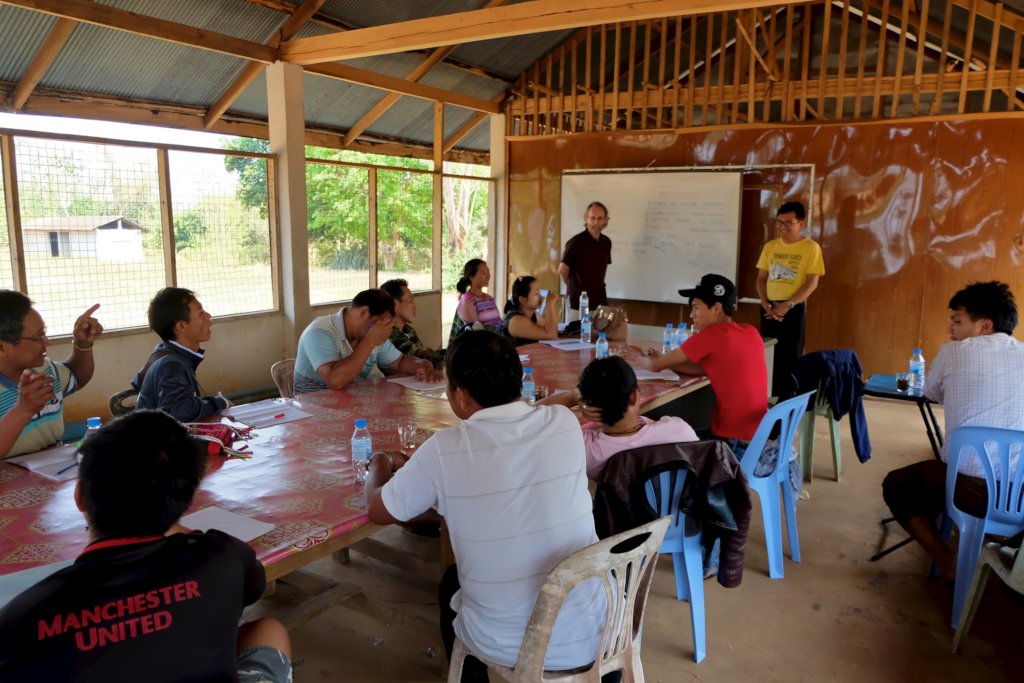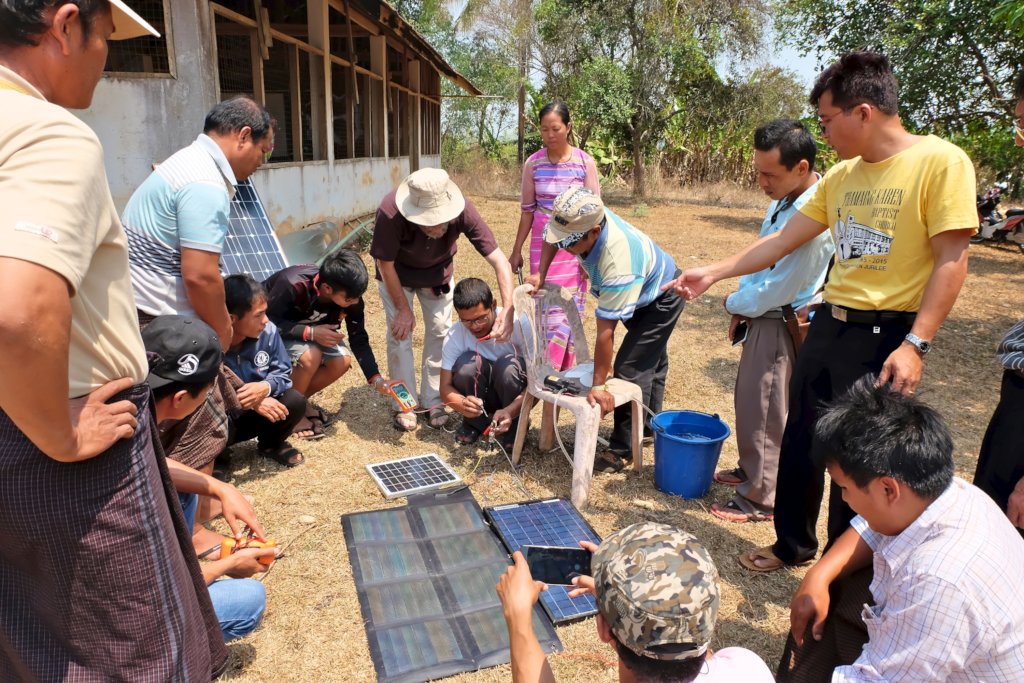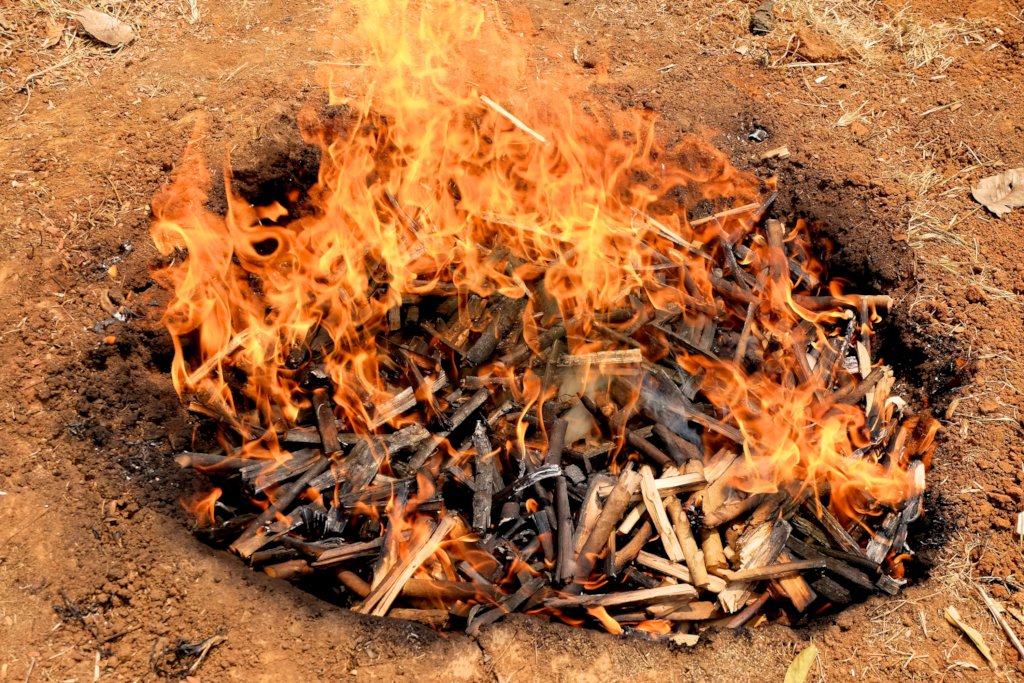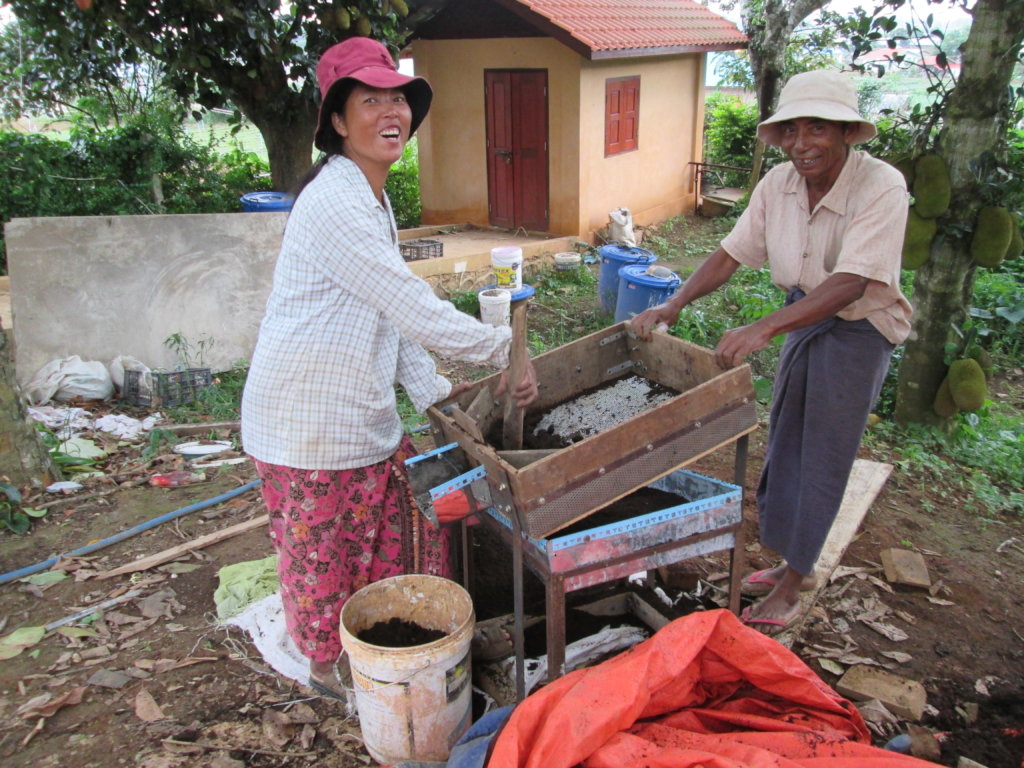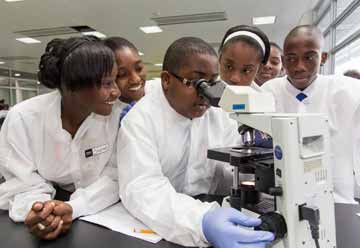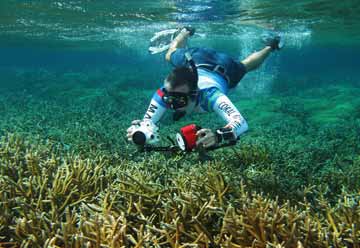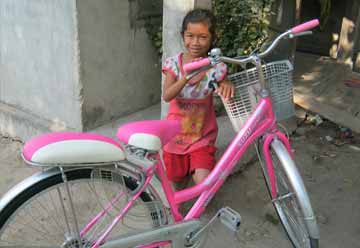It was a big decision to leave my Northern California mountain fastness and head across the Pacific to Thailand, especially during the worst pandemic of the last hundred years. Getting the visa and meeting the entry requirements was not easy or cheap, but now that I am here, I'm glad I did it.
Covid has changed so much for all of us and of course, that includes Solar Roots. In the past 2 years we have been able to support projects in Burma with cash donations, (please see previous reports), but I really missed being out in the field. Unfortunately, the present situation in Burma continues to remain a brutal stalemate, with the military being stretched by armed rebellions in many parts of the country and Covid running amok. It seems that I will not be able to return there for some considerable time. Refugees are now streaming across the border into Thailand, just like they were in 2008, when I first went there as a green volunteer (pun intended!).
The most common destination for Burmese, of all ethnicities, is Mae Sot, just across the border from Myawaddy. I still have friends in Mae Sot, so it was something of a homecoming after 13 years of absence. In fact, I stayed in the very same homestay as before.The town has not changed that much, though the globalization of tastes and products has brought several new big-box stores.
I have a good friend, Mr T, who volunteers at Borderline, a women's collective art gallery/ craft shop and cafe, and he asked me to help deal with the organic "waste" from the cafe. Of course, there is really no such thing as organic waste - it is just matter that was once alive and is now transitioning to help new life come into being. I immediately suggested composting and vermiculture, but apparently, there were some conditions to be met - it had to be very easy and not messy or smelly for the cafe staff to operate the system and they didn't want the responsibilty of looking after worms. So we set up a new worm bin at the homestay where Mr T lives and he will bring their food from the cafe, every few days. In Bangkok I was able to track down a supplier of my favorite worm, the African Night Crawler, and obtained a pound of worms for $10, a fair price. Once the worms settle in and start producing castings, Mr T can make worm tea for his garden and begin to demonstrate the system to local farmers.
The big part of the project was to build two compost tumblers, which will be easy to use, odor-free and will produce compost much faster than a traditional pile. This was my first time building a tumbler, but after looking at a couple of Youtube videos I felt that I would be able to quickly produce a unit that any local person could easily copy. Basically, a compost tumbler is a 55 gallon drum on its side, that sits on 4 rollers, allowing it to be easily turned, thus "tumbling" the compost inside. One of the key elements in making compost is ensuring that there is enough air to support the aerobic (oxygen loving) bacteria and prevent the pile from going anaerobic (oxygen starved and usually a slimy mess). With a traditional method this is achieved by turning the pile at least once and sometimes everyday, for those who really want to accelerate the process. We can achieve this same goal with a compost tumbler and the immeasurable help of that wonderful invention, the wheel!
Mr T and I decided to use steel drums, instead of the ubiquitous plastic ones, as we felt that they would hold up better in the high heat of the tropics and that their end of life recycling was more likely to happen in Thailand. We carefully cut out the door where the new "waste" will be added and also cut vent holes at either end, to ensure good air flow. One key element was to install 2 scoops inside the drum, which pick up some of the material and carry it up to the 12 o'clock position as the drum is rotated. The material then falls out of the scoop and is thoroughly mixed with air before rejoining the rest of the load. Of course, the compost must be watered everyday to maintain the moisture level of a wrung-out sponge. Since most of the cafe kitchen scraps will be high in Nitrogen, staff will have to add in the correct quantity of brown, (Carbon rich), material. This can be dead leaves or sawdust in the proportion of 1 part Carbon to 3 parts Nitrogen, by volume.
Although, given short notice and Covid, we were not able to recruit any local participants, the plan is to have one tumbler prominently displayed at Borderline for demonstration and to hold another hands-on tumbler building workshop in the future.
It was fun to be back in my old stompin' ground and I look forward to being able to return there regularly, to help with trainings for already-arrived migrants and people from inside Burma itself.




